Introduction
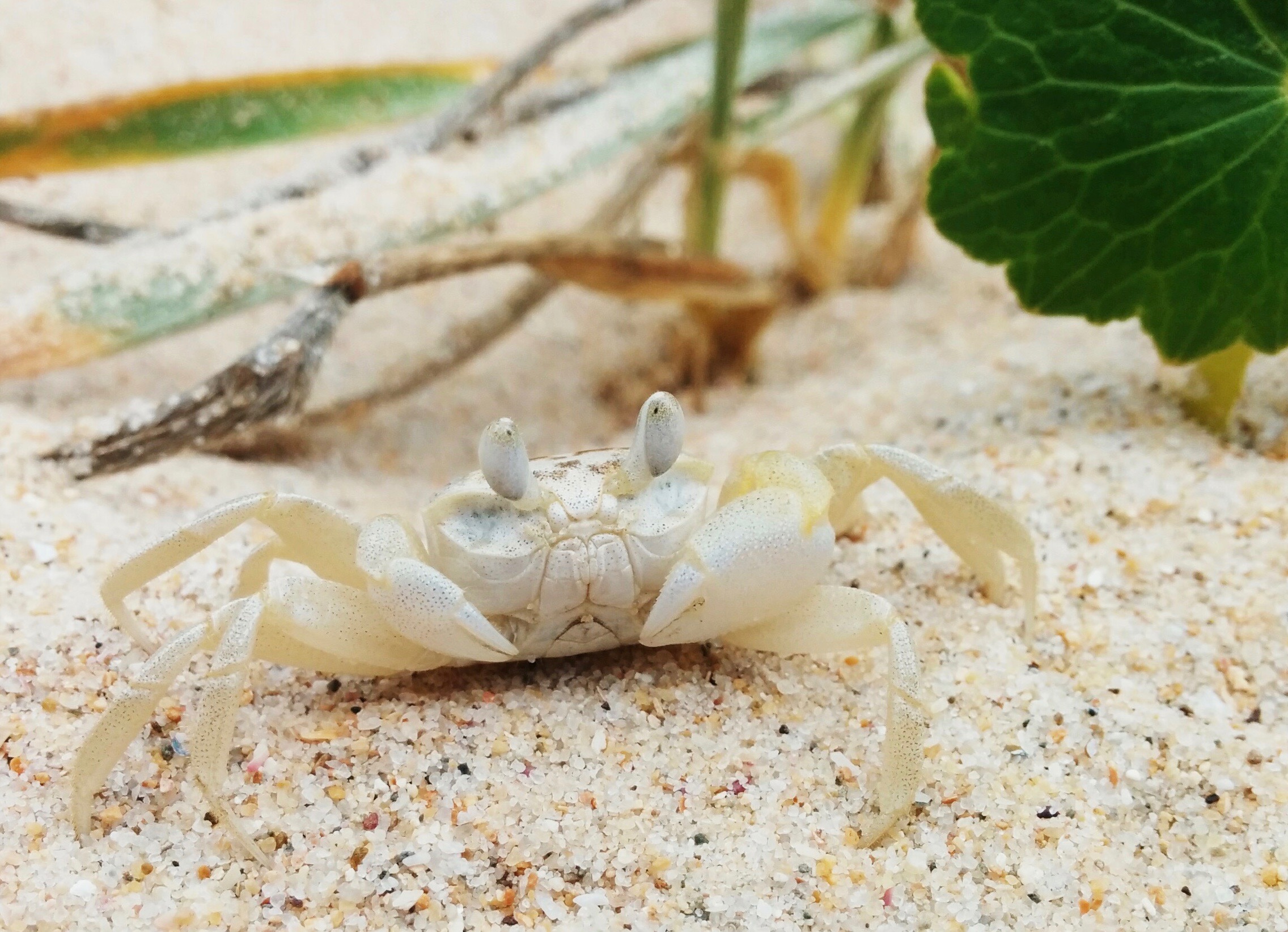
Going to the beach is part of the Australian culture. However, our desire to live and play on the sandy shores can have a negative impact by causing the degradation of coastal dune systems.
Formation
A dune is a hill of sand built by aeolian processes. Dunes occur in different forms and sizes, formed by interaction with the wind. Most kinds of dunes are longer on the windward side where the sand is pushed up the dune and have a shorter ‘slip face’ in the lee of the wind. The valley or trough between dunes is called a slack. A dune field is an area covered by extensive sand dunes. Large dune fields are known as ergs.
Role
Some coastal areas have one or more sets of dunes running parallel to the shoreline directly inland from the beach. In most cases the dunes are important in protecting the land against potential ravages by storm waves from the sea.
Erosion
The beach environment is dynamic, undergoing cycles of beach erosion to be followed by periods of sand deposition. The capacity of the beach to recover from erosion is impacted upon by all kinds of human activities. People walking through the bush or along grassy dunes to get to the surf are often unaware that the vegetation on sand dunes plays a vital role in maintaining the sand on beaches.
A fragile ecosystem
The beach is a fragile ecosystem rich in biodiversity and at the same time offering a barrier that protects the land from the sea. Understanding the processes that shape the coastal sand dunes will help inform coastal communities about using the beach in a sustainable way to ensure future generations of Australians access to the beach.
Location
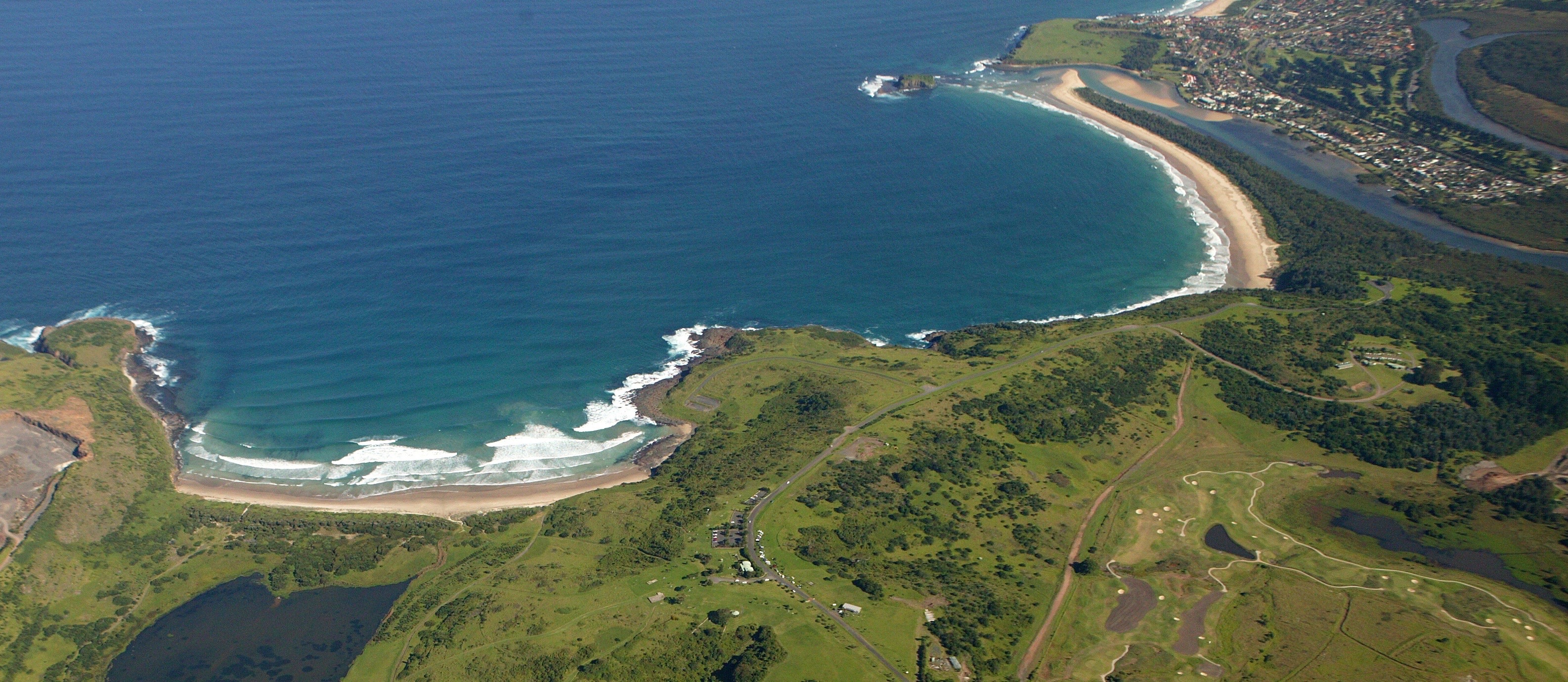
Port Kembla – Windang – Warilla
The coastline in this area comprises a number of significant natural features: rocky headlands of Port Kembla to the north, long sandy beaches along Perkins (Windang) Beach, extensive hind dune communities, the entrance to Lake Illawarra, Windang Island, Warilla Beach, a short sandy beach with minimal hind dune communities and the entrance to Elliott Lake estuary.
Google Earth
An example of a coastal dunes environment can be found at Garie Beach in the Royal National Park on Google Earth. To move out of street view level and look at the wider area click the yellow person icon in the bottom right hand corner. This resource will only work in the Google Chrome browser.
Significance
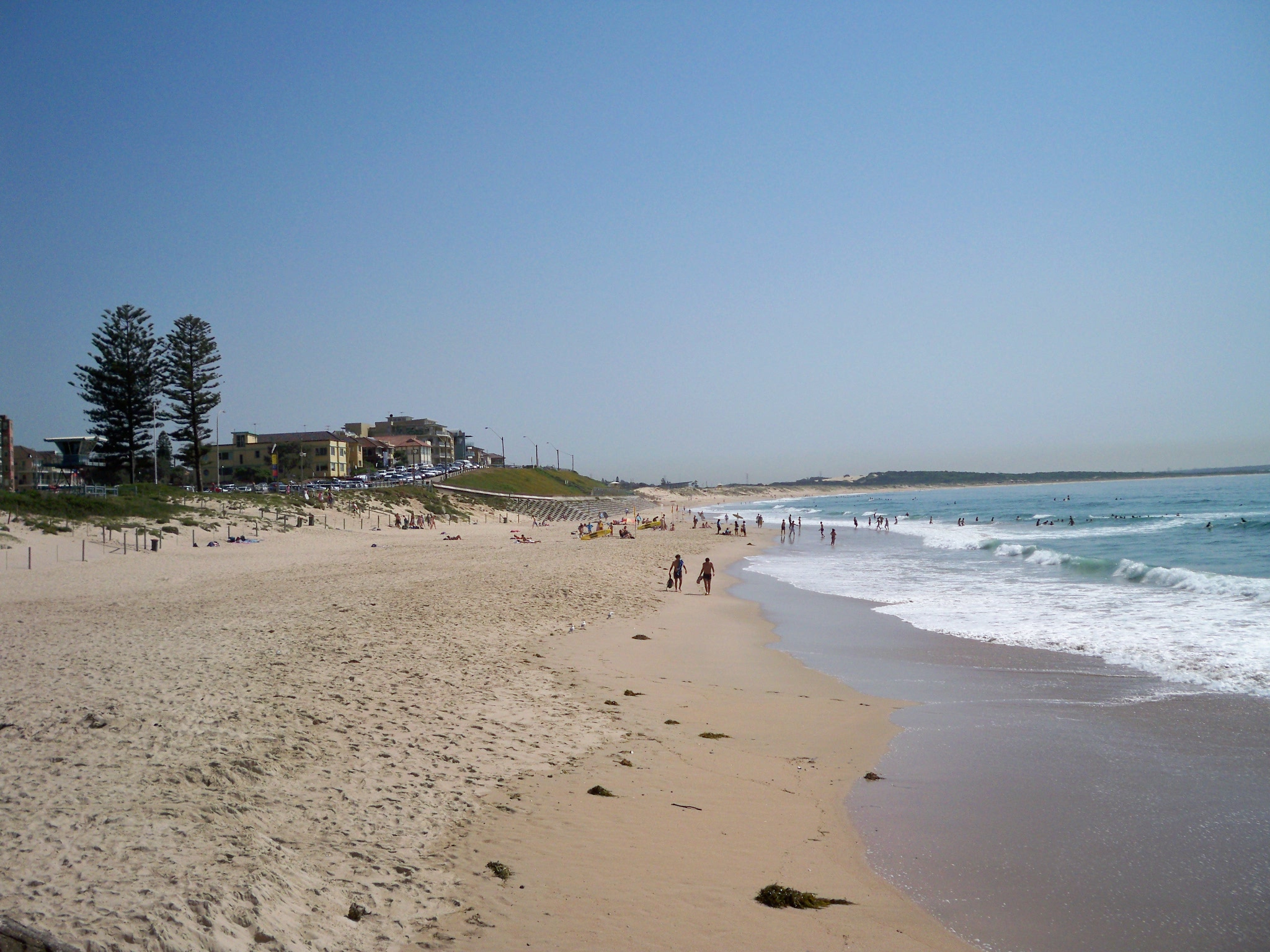
Movement of sand
During storms sand is washed from the foredune and carried out to the surf zone where it forms sandbars. Waves breaking over these bars lose some of their force before they reach the shoreline. The impact of the waves on beach is less destructive. During calmer weather, the sand is washed back onto the beach and eventually blown back to the dune area.
Sand dune vegetation
Foredune plants, in particular the grasses such as Spinifex trap this sand and rebuild the front of the dune. However if there are no plants within the foredune to trap the sand the sand can be transported back into the water and away from the beach. Sand dune vegetation is very important. The plants trap the sand to allow cycles of erosion and deposition to maintain a healthy dune system.
Layers of defence
Behind the Spinifex grass and Coastal Wattle (Acacia sophorae) there are gradations in vegetation from sand dunes to hind dunes with Coastal Banksia (Banksia integrifolia) and Coast Tea Tree (Leptospermum laevigatum) appearing as a front row defence of trees against the salt laden winds from the sea. Because of the sandy soil and exposed nature of the sand dunes the character of the vegetation cover is low and shrubby consisting of drought-resistant plants.
Conservation
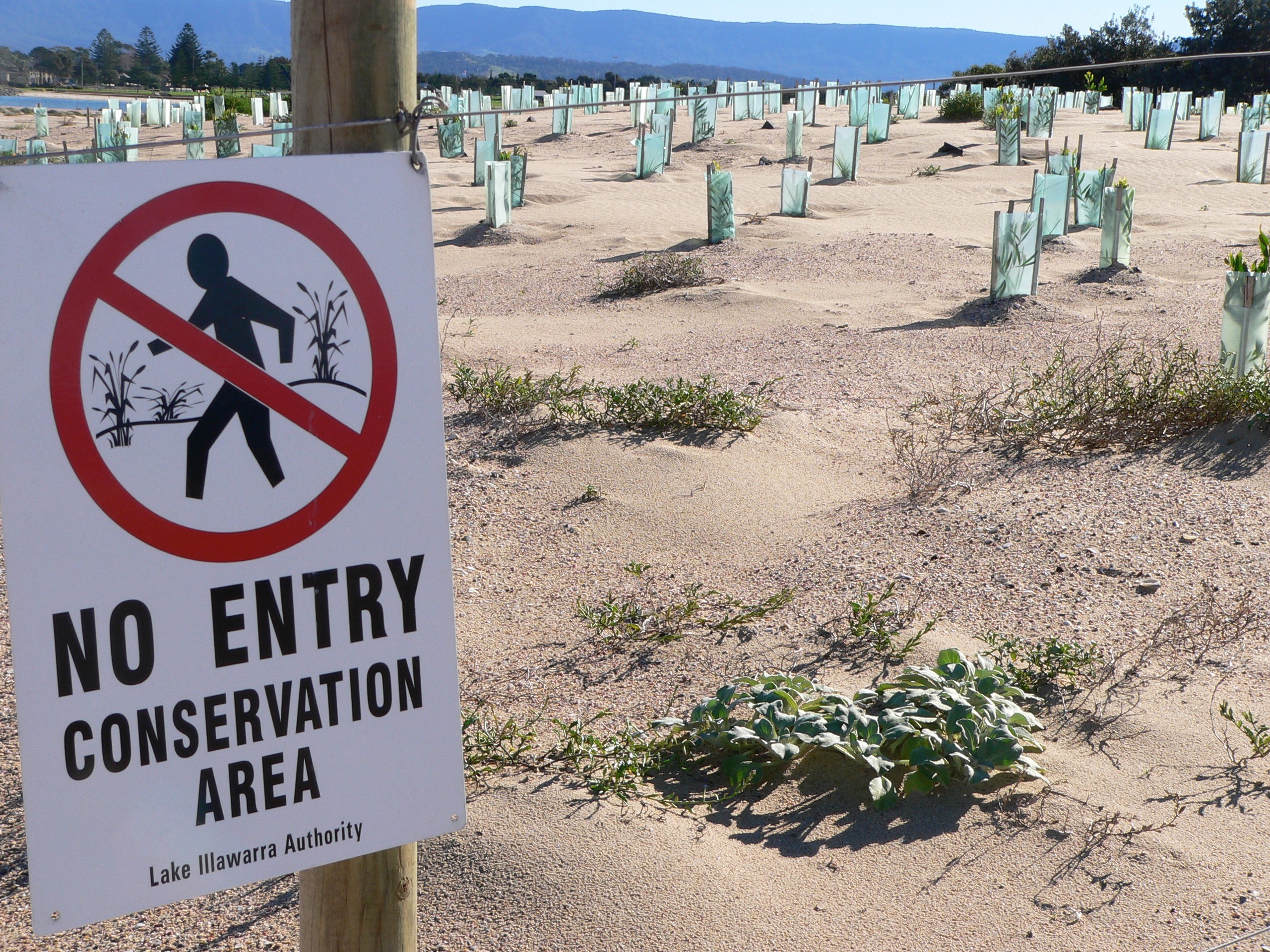
A number of things can damage sand dunes. Some of these are natural while others are caused by humans. The natural processes that can damage a beach include wave erosion, wind erosion and fire. Other damaging influences on beaches include developments such as car parks, houses, parks and roads located too close to the beach, access tracks across dunes, vehicles on the dunes, grazing and in some cases, mining. On-going erosion problems cause the protective vegetation to be destroyed.
Management issues include:
-
conservation of the littoral rainforest and Bangalay sand forest
-
maintaining an opening to Lake Illawarra Entrance
-
maintaining the sea wall to protect houses along Warilla beach
-
construction of a groyne to reduce shoaling of Elliott Lake
-
dune construction and revegetation north Warilla Beach
-
protecting the habitat of rare and endangered bird species
-
weed management especially Bitou Bush
-
fire management
-
protection of cultural heritage (Aboriginal and European)
-
visitor management
-
pedestrian access
-
walkways
-
signage
-
inappropriate activities
-
education and awareness programs
-
passive and active recreational use.
-
Environmental education centres
Illawarra Environmental Education Centre programs provide opportunities for students to investigate, assess and report on the coastal dune ecosystems.
Fieldwork
High school students practice skills that can only be completed in the field. These tasks include the completion of a transect to observe, measure and record living and non-living factors across the dunes. Students also complete a précis map to include the transect site and use a key to record salient features and adjacent human activities.
Examples and resources
Students are provided with workbooks containing coloured photographs depicting current management issues. These issues are observed and discussed in the field allowing students to assess the success of management strategies. Students also observe an excellent example of dune revegetation to make inferences about the sequence of actions required to reconstruct dunes to replicate a sustainable coastal dune system.
Your local Environmental Education Centre
Other Environmental Education Centres providing access to coastal dunes include:
-
Awabakal (Hunter/Central Coast)
-
Rumbalara (Hunter/Central Coast)
-
Botany Bay (Sydney)
-
Royal National Park (Sydney)
-
Bournda (South Coast)
-
Dorroughby (North Coast)
-
Cascade (North Coast)
-
Georges River (South Western Sydney).
Further information
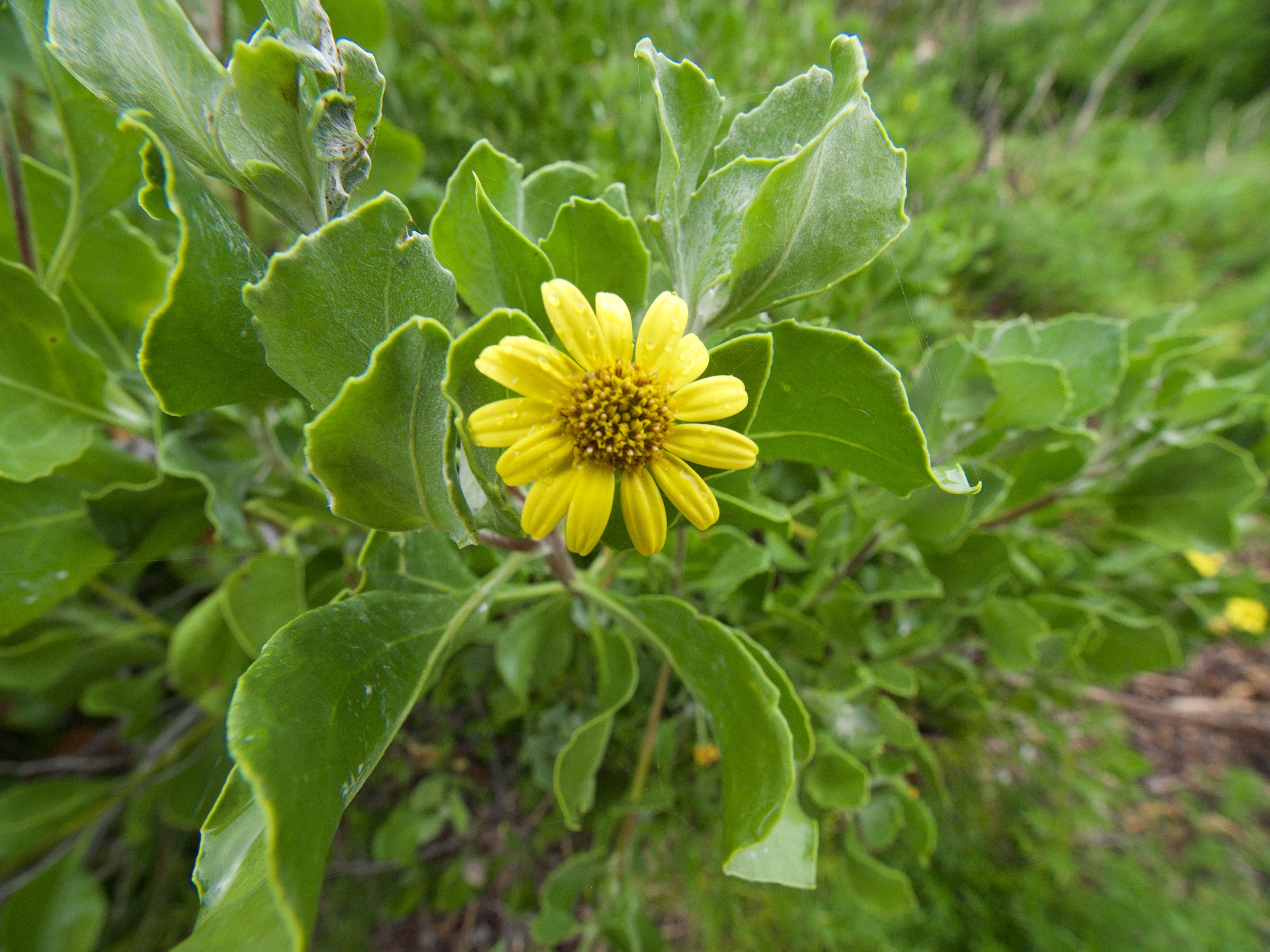
Early Stage/Stage 1 Science & Technology, Geography and History programs:
-
Natural Environment
-
People Live in Places
-
Living World
-
Features of Places
-
The Past in the Present
Stage 2 Science & Technology and Geography programs:
-
Living World
-
Earth and Space
-
Earth’s Environments, Dunes
-
Earth’s Environments, Rainforest
-
Living World
-
Physical World
-
Factors that Shapes Places
-
Sharing Cultures
Marine Education Society of Australasia
Information about coastal dunes, including the function of dunes, the make-up of dunes, vegetation and food webs.
OzCoasts, Australian Online Coastal Information
Information on beaches and dunes, with detailed information about abiotic and biotic indicators that can be used to measure the health of an ecosystem.
Office of Environment & Heritage - Coasts and floodplains
Details about the programs run by the state government to manage risks to coastal zones.